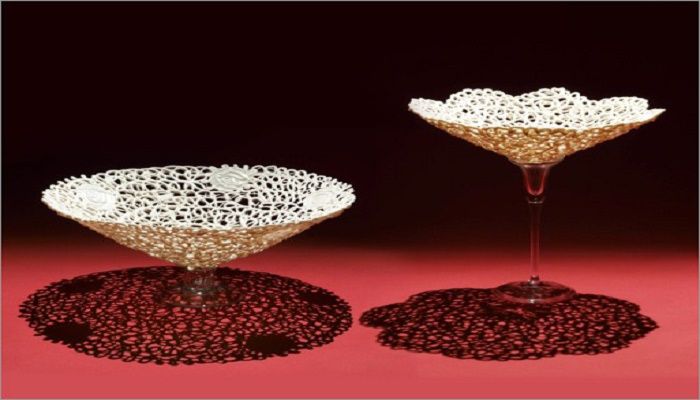The Histories Behind Popular Ceramics
For many, the idea of ceramics might mean nothing more than a bowl or coffee cup that they made once in art class, but the histories of the different ceramics and how they came to be used on an everyday basis is exceedingly fascinating. Humans have been making use of ceramics and pottery for thousands of years, and they are a big part of the reason that we have done so well. Pottery allowed us to store our crops for extended periods of time, specifically through the winters, where prior many people would not be able to find enough food.
These are the histories of some of the world’s most popular and well-known ceramics.
Earthenware
Used mostly for creating basic tableware, earthenware is the oldest kind of pottery in the world, and the kind that was most widely used by our ancestors. The clay that is used to make earthenware items is generally fired at a lower temperature, around 1000 degrees Celsius, and it creates a porous course material that’s not that good for holding in liquids. To avoid leakages, the object is covered in glass coverings and then put in the heat for a second time, creating a glass glaze and sealing off the porosity of the object, allowing it to more successfully retain any liquids place inside.
Stoneware
Stoneware has a similar creation process to earthenware, except that it tends to be fired at a higher temperature, closer to 1200 degrees Celsius, and instead of adding glass powder at the end, the final product after the initial firing already has a glass covering. Any glazing that’s added after is only done for decoration and may sometimes be skipped entirely.

Porcelain
Perhaps the most well-known type of ceramic in the world, porcelain is well known for its smoothness and glazed finish and has become prized by those that like to collect fine China tea sets. It’s also a much harder material than the other mentioned previously, making it a more robust, better looking alternative that’s generally the best choice for making long term ceramic wares. Porcelain was first created in ancient China around 1600 BC – a period known for its popularity in spins for real slots canada wins games, and it quickly become a valued commodity among the Arabic traders that followed the famous Silk Road.
Porcelain is a mixture of water, feldspar minerals, along with glass and granite is used to create the material, which is then combined with finely ground clay. It is usually fired at temperatures exceeding 1200, but it’s not uncommon for porcelain to reach even higher temperatures than that.
Bone China
Bone China is a popular type of pottery that’s essentially porcelain that has undergone a number of changes, namely that bone char is added to the mixture during creation. The bone char is usually ash that’s collected from burnt cattle bones, and makes for a much stronger, hardier end product that’s less prone to cracking and chipping as regular porcelain is.
